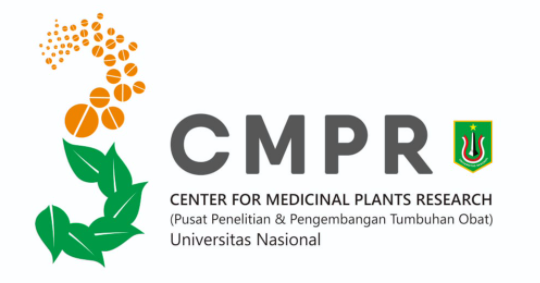Ratna Wati, Noverita, Tatang Mitra Setia
Abstract
The fungus is a basic component that is very important in the forest ecosystem. Baluran National Park is one of the ecosystems with several types of habitats, which support the growth of fungus. This area has a diversity of macrofungi that has not been much explored. The purpose of this study was to determine the composition, diversity, and potential of macrofungi in five habitat types in the Baluran National Park area. The study was conducted on habitat types of hills hilly primary forest, a primary forest of lowland, evergreen forest, forest season, and jati forests in March 2013. The method used is the swath of squares measuring 10 x 10 m on track, with an interval of 50 m, as many as 20 plots in each habitat type. Number of species of macrofungi found as many as 152 species, 37 genera and 25 familiy. Each location has a different kind of similarity. The diversity index is categorized as low. hills hilly primary forest amounted to 2.154, primary forest of lowland amounted to 2.144, jati forest of 2.423, seasons forest of 1.375 and evergreen of 1.063. There are different types of macrofungi that dominate in every habitat. In this study found macroscopic fungi potentially as decomposers, mycorrhizae, medicinal and food. From the research result expected the management of Baluran National Park can maintain the area to protect biodiversity in particular macrofungi so that it can be further research and can be used by the local community.
Keywords: Community structure of Baluran National Park; Diversity; Macrofungi
